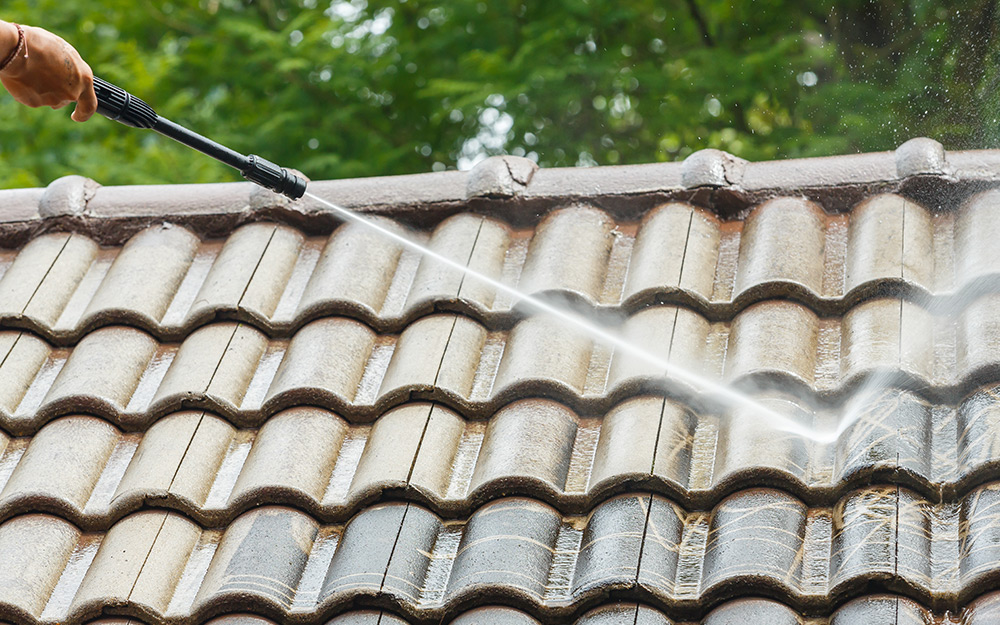
Roof Leak Repair: DIY Solutions for a Dry Home
A leaky roof can be a homeowner’s nightmare, leading to water damage, mold growth, and compromised structural integrity. In this comprehensive guide, we’ll explore DIY solutions to fix a leaky roof, helping you safeguard your home and prevent further damage.
Identifying the Source: Tracing the Telltale Signs
Before attempting any repairs, it’s crucial to identify the source of the leak. Start by examining your attic for water stains, mold, or damp insulation. Trace the signs back to their origin on the roof to pinpoint the affected area. This detective work is essential for targeted and effective repairs.
Securing the Interior: Mitigating Immediate Damage
While you work on fixing the leak, it’s crucial to secure the interior of your home. Place buckets or containers under active leaks to collect water and prevent further damage to ceilings, floors, and furniture. Consider placing tarps or plastic sheets to protect vulnerable areas until the leak is repaired.
To learn more about fixing a leaky roof, visit Fix a Leaky Roof.
Gathering the Necessary Tools and Materials: Preparation is Key
Once you’ve identified the source of the leak, gather the necessary tools and materials for the repair. You’ll likely need roofing cement, roofing nails, a hammer, a putty knife, and replacement shingles if the damage is extensive. Having everything on hand before starting ensures a smoother and more efficient repair process.
Safety First: Using Proper Protective Gear
Before ascending to your roof, prioritize safety by using proper protective gear. Wear sturdy, slip-resistant shoes to navigate the roof’s surface safely. Additionally, consider using a safety harness or tying yourself off to a stable anchor point. Working on a roof comes with inherent risks, and safety precautions are non-negotiable.
Applying Roofing Cement: A Versatile Sealant
Roofing cement is a versatile and effective sealant for repairing leaks. Use a putty knife to apply roofing cement to the damaged area, creating a watertight seal. Be generous with the application, ensuring complete coverage of the affected section. Roofing cement is suitable for various roofing materials and provides a reliable barrier against water intrusion.
Replacing Damaged Shingles: Addressing the Root Cause
If the leak stems from damaged or missing shingles, replacement is necessary. Carefully lift the edges of the surrounding shingles using a pry bar and remove the damaged shingle. Install a new shingle in its place, securing it with roofing nails. Ensure proper alignment and overlap with adjacent shingles for a seamless repair.
Sealing Flashing and Vent Boot Leaks: Common Culprits
Flashing and vent boots are common sources of roof leaks. Inspect these areas for cracks, gaps, or damaged seals. Apply roofing cement generously around flashing and vent boots, ensuring a tight and secure seal. Addressing leaks at these vulnerable points is crucial for preventing water intrusion into your home.
Checking and Clearing Gutters: Ensuring Proper Drainage
Clogged gutters can contribute to roof leaks by causing water to pool and overflow. Regularly check and clear your gutters of debris, leaves, and dirt. This simple maintenance task promotes proper water drainage, reducing the risk of leaks and water damage. Consider installing gutter guards to minimize debris buildup.
Inspecting for Structural Damage: Beyond Surface Repairs
While addressing visible leaks, take the opportunity to inspect for any signs of structural damage. Check for sagging or water-damaged wood beneath the roofing materials. Addressing structural issues promptly is crucial for preventing more extensive and costly repairs down the line.
Regular Roof Maintenance: Prevention is Key
Once you’ve successfully repaired the leak, commit to regular roof maintenance. Conduct inspections at least twice a year, especially after severe weather events. Look for signs of wear, damage, or potential issues. Proactive maintenance helps identify and address problems before they escalate, prolonging the life of your roof.
Conclusion: A Dry and Protected Home
Fixing a leaky roof is a task that demands prompt attention and careful execution. By following these DIY solutions and incorporating regular roof maintenance into your routine, you can safeguard your home from water damage and ensure a dry and protected living space. Prioritize the health of your roof to enjoy lasting comfort and peace of mind.










